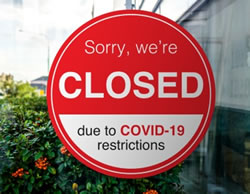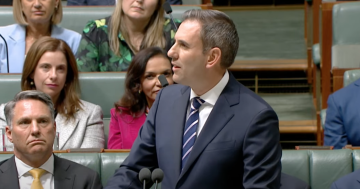 The United Kingdom Government is persisting with plans to get the vast majority of Public Servants back at their office desks, ignoring a worldwide trend which sees merit in continued home or hybrid working.
The United Kingdom Government is persisting with plans to get the vast majority of Public Servants back at their office desks, ignoring a worldwide trend which sees merit in continued home or hybrid working.
Prime Minister, Boris Johnson says he yearns to see city centres “full of buzz and life and excitement again”.
His campaign began last September, after a summer of falling COVID-19 cases, hospitalisations and deaths, with Public Servants encouraged to get Whitehall moving again and, it was hoped, inspire the country’s private sector workforce to also return to the office.
Then Ministers wanted to get 80 per cent of the Public Service back in their offices by the end of that month.
However, concerns from unions coincided with an uptick in cases, and a smaller proportion of Whitehall — besides those in key roles who had already spent most of the pandemic at the office anyway — returned
Now Mr Johnson is resuming his push for Public Servants to take the lead with a phased-in return from this week (12 April) even though nationwide guidance to remain working from home will still be in place until at least May.
The Prime Minister has already made his views clear that working from home has amounted to “quite a few days off” and that people should be “making a passing stab at getting back into the office”.
In February, Mr Johnson claimed remote working would not last post-pandemic, insisting people had had enough of Zoom.
Yet some major firms, including HSBC and Lloyds, have already shifted to a long-term hybrid plan of both office and home working, pointing to cost savings and higher productivity.
Mr Johnson’s view also flies in the face of international surveys, including a detailed one from Canada, which shows that home working has boosted productivity.
However, Ministers are particularly concerned about the wider impact of millions of people missing from city centres during the working week and the lack of passing trade for coffee and sandwich shops.
London, 1 April 2021










